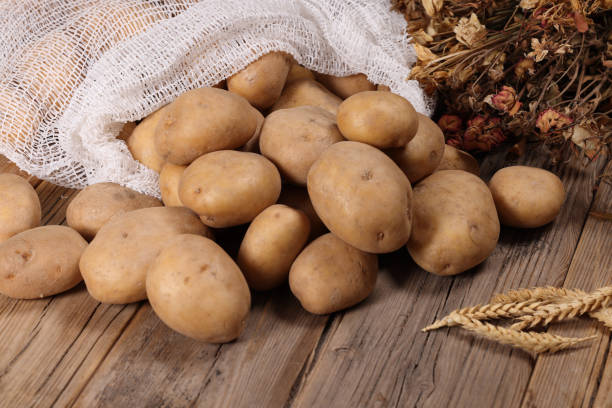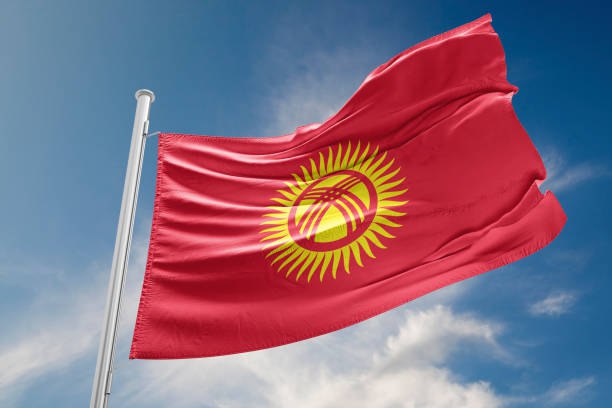Kazakhstan Restricts Potato Exports to Non-EAEU Countries Amid Price Surge
Rising potato prices in Kazakhstan have prompted the government to impose a six-month restriction on potato exports to non-Eurasian Economic Union (EAEU) countries, according to Tengrinews. The decision is aimed at stabilizing domestic prices and preventing further spikes. Price Surge Linked to High Export Demand The price increase has been driven by strong demand from neighboring countries, particularly Uzbekistan, and rising export prices. In 2024, Kazakhstan’s potato exports increased by 1.5 times, from 411,000 metric tons to 605,000 tons, according to government data. Export-oriented producers significantly raised their prices, increasing them from 170 KZT ($0.32) to 270 KZT ($0.51) per kilogram. This spike in export demand has directly impacted the domestic market, with retail prices soaring in many regions. For example: In Aktobe, potatoes were sold for no more than 200 KZT per kilogram in early January but doubled within a week. In supermarkets, prices have climbed to 388 KZT ($0.73) per kilogram, with some areas seeing prices as high as 400 KZT ($0.75) per kilogram. Even lower-quality potatoes have become more expensive, as sellers report rising costs with every new shipment. Export Restrictions to Stabilize Prices To address these challenges, the government has restricted potato exports to non-EAEU countries for six months. Exports to EAEU member states will continue but under stricter oversight. As part of these measures, the issuance of phytosanitary certificates for exports has been entirely suspended as of January 16, 2025. Sufficient Reserves to Meet Domestic Needs Despite the export restrictions, the Ministry of Agriculture has assured citizens that domestic reserves are sufficient to meet demand until the early 2025 harvest. As of January 19, reserves (excluding stocks in trade networks) amount to over 850,000 tons. Key figures from 2024 and early 2025 include: Total potato harvest (2024): 2.9 million tons, including 300,000 tons from the early harvest. Imports (2024): 56,000 tons. Consumption (August–December 2024): 844,000 tons. Exports (2024): 620,000 tons. Forecasted consumption (January–April 2025): 675,000 tons. The government’s measures aim to ensure that prices stabilize while maintaining sufficient supplies for domestic consumers until the next harvest. Growth vs. Food Security Kazakhstan’s decision to restrict potato exports to non-EAEU countries highlights the delicate balance between export-driven agricultural growth and ensuring food security at home. While the restrictions are expected to ease price pressures domestically, they underscore the challenges of managing supply chains and export demand in a region with fluctuating agricultural dynamics.






